- Home
- Furnishings Appliances Hospitality
- Tableware Smallwares Food Service Storage Transport
- Kitchen Prepware Cutlery Cookware
- Food Service Preparation Tools
.....Read More
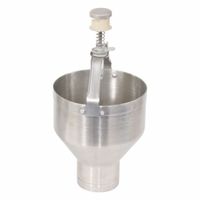
Batter Dispensers
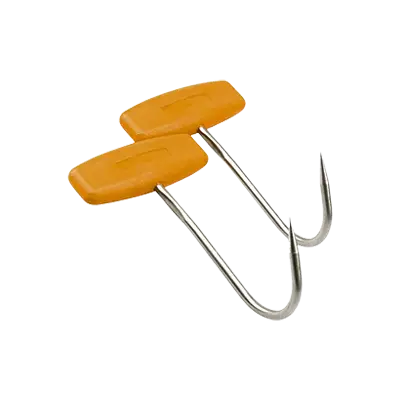
Boning & Meat Hooks
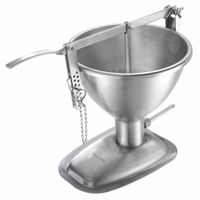
Cake Fillers
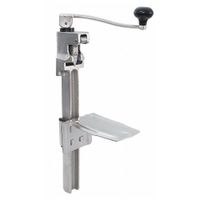
Can Openers
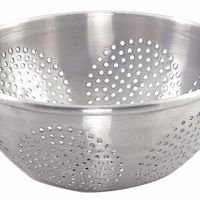
Colanders & Mesh Strainers
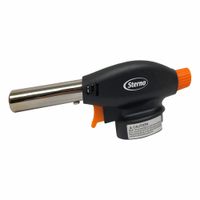
Culinary Torches
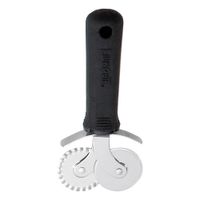
Dough Dockers & Pastry Cutters
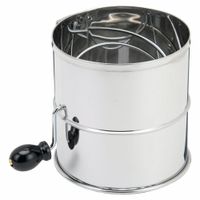
Flour Sifters & Sieves
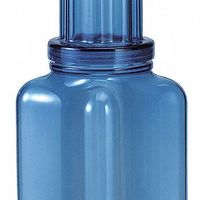
Food Chillers
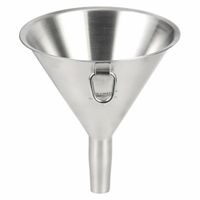
Food Service Funnels
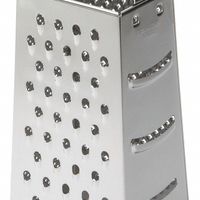
Food Service Graters, Cutters & Slicers
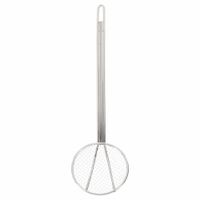
Food Service Skimmers
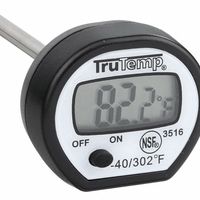
Food Service Thermometers
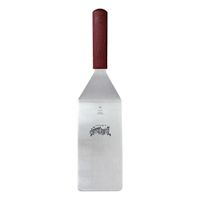
Food Turners
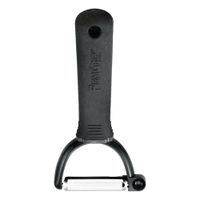
Fruit & Vegetable Peelers, Corers & Scoops
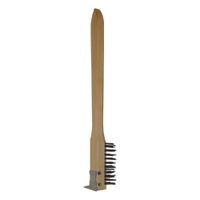
Grill & Griddle Brushes
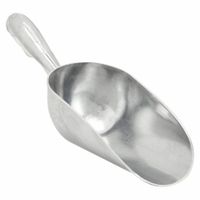
Kitchen Scoops
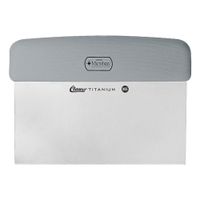
Kitchen Scrapers
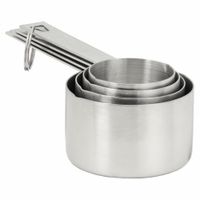
Measuring Cups & Spoons
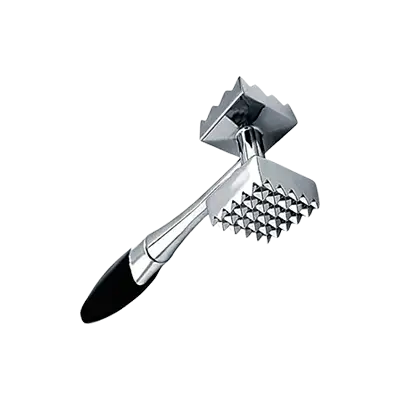
Meat Tenderizers
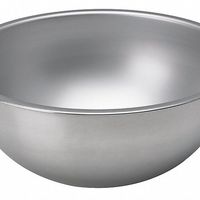
Mixing Bowls
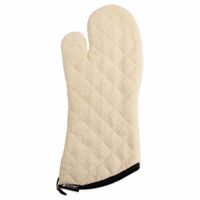
Oven Mitts & Pot Grippers
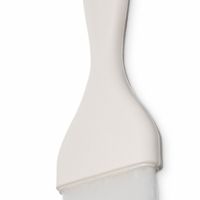
Pastry & Basting Brushes
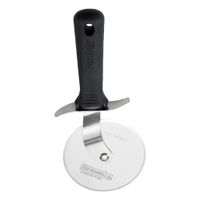
Pizza Cutters
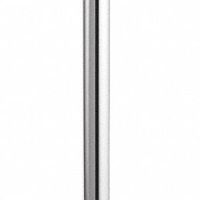
Potato Mashers
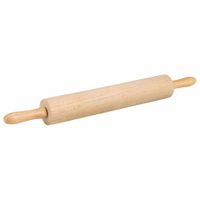
Rolling Pins
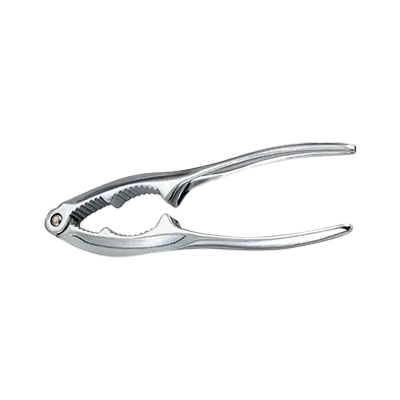
Seafood Crackers
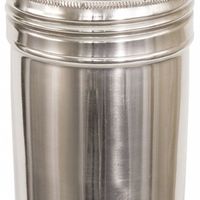
Shakers & Dredges
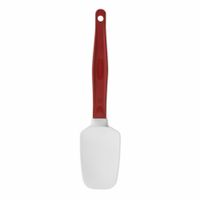
Spatulas, Spreaders & Whisks
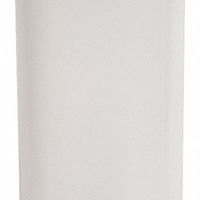
Squeeze Bottles
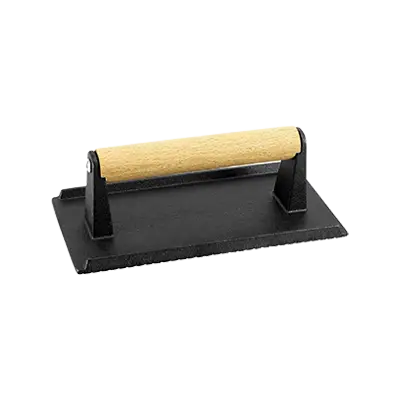
Steak Weights
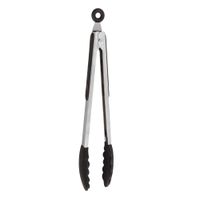
Tongs
Frequently Asked Questions
What are the essential kitchen tools for food preparation?
How do I choose the right knife for different tasks?
What are the best tools for chopping vegetables?
How do I properly maintain and sharpen kitchen knives?
What specialized tools are needed for baking?
How do I use a food processor effectively?
What are the best tools for preparing seafood?